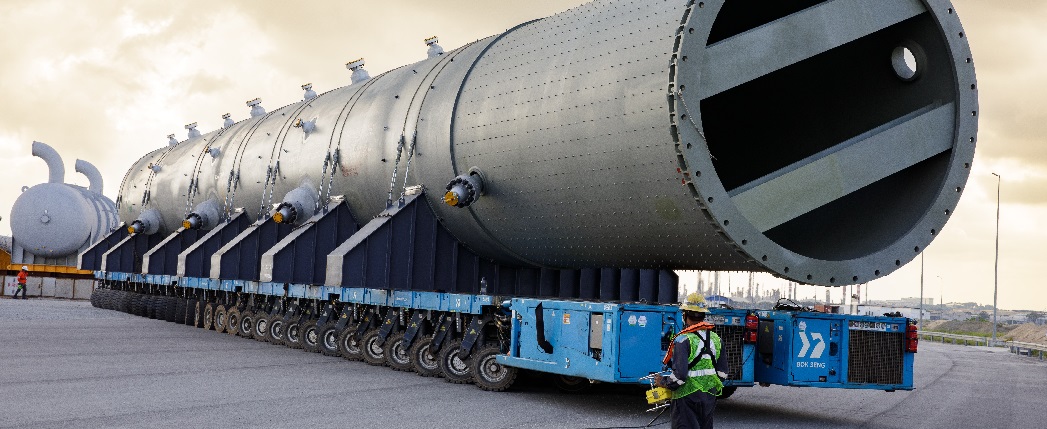
ExxonMobil is evaluating the possibility of building capacity to make API Group III base oils, according to the head of its base oil business.
For now, however, the American energy giant continues investing in Group II capacity, including a Singapore project that is scheduled to create by far the world’s biggest base oil plant in 2025.
The project, first announced in 2019, is part of a multi-billion dollar upgrade of the company’s integrated refining and petrochemical complex, which spans from Jurong Industrial Estate on Singapore’s main island to the smaller nearby island of Pulau Ayer Chawan, and will build another production train at the base oil plant in Jurong. The new train will have capacity to make 20,000 barrels per day (973,000 metric tons per year) of Group II stocks.
That plant already has capacity to make 31,900 b/d of Group II, so its capacity would be 51,900 b/d once the project is completed. Currently the world’s largest base oil plant is S-Oil’s Group II and III plant in Onsan, South Korea, which has capacity of 42,800 b/d. SK Lubricants and Motiva each also operate plants with capacity above 40,000 b/d in Ulsan, South Korea, and Port Arthur, Texas, United States, respectively.
ExxonMobil originally planned to complete the expansion by 2023 but says now that it will finish in 2025. The company reiterated the latter timeline in a June 22 news release, and its vice president of base stocks and waxes, Todd Sepulveda, discussed the project during an interview Monday at the ICIS World Base Oils & Lubricants Conference in Windor, U.K.
Sepulveda said the base oil expansion developed out of an aim to raise the value of products that ExxonMobil makes in Singapore.
“It wasn’t that we needed to make more Group II,” he said. “We had to strengthen the Singapore refining complex, and to strengthen Singapore we have to get out of the heavy fuel oil market.” Also known as bunker fuel or residual fuel oil, the tar-like material has been used mainly as marine fuel but fell in value with implementation of IMO 2020, which required ocean-going ships to use cleaner fuels or to install emissions-filtering scrubbers.
The new production train will utilize technology that ExxonMobil developed to convert heavy fuel oil all the way to Group II stocks. “Part of the benefit of the Singapore project is that this will be some of the most cost-advantaged base stocks in the world,” Sepulveda said.
The expansion will introduce an extra heavy base oil that the company describes as Group II bright stock, with kinematic viscosity of 32.5 centiStokes to 33.5 cSt at 100 degrees C. Bright stock is produced almost exclusively at Group I plants and has risen in value in recent years with the closing of numerous Group I plants. ExxonMobil said the expansion’s capacity will include up to 6,000 b/d of the new bright stock, which will be marketed as EHC 340 Max.
While participating in a panel discussion earlier in the conference, Sepulveda said ExxonMobil believes the global base oil market still has a large surplus of capacity which will continue pressuring Group I plants. In the interview, though, he maintained that the company does not plan to close its 13,500 b/d Group I plant on Pulau Ayer Chawan.
“We have no plans to do anything different there,” he said. “We plan to continue to run that site.”
ExxonMobil is the world’s largest base oil refiner and has invested in several Group II expansions in recent years, but none of its base oil plants make Group III.
“We’re evaluating what we want to do in the Group III space, but we have no plans to announce,” Sepulveda said. He added that “almost any Group II plant can make Group III.”
Some lubricant formulators have said it is becoming less possible to use Group II in automotive engine oils that meet the latest performance standards, as such products increasingly require Group III and polyalphaolefin base stocks. But ExxonMobil forecasts that Group II demand will continue to rise, especially in developing markets, where vehicle populations have much room for further growth.
“We see demand continuing to grow as the world shifts to better and better engine oils,” he said.